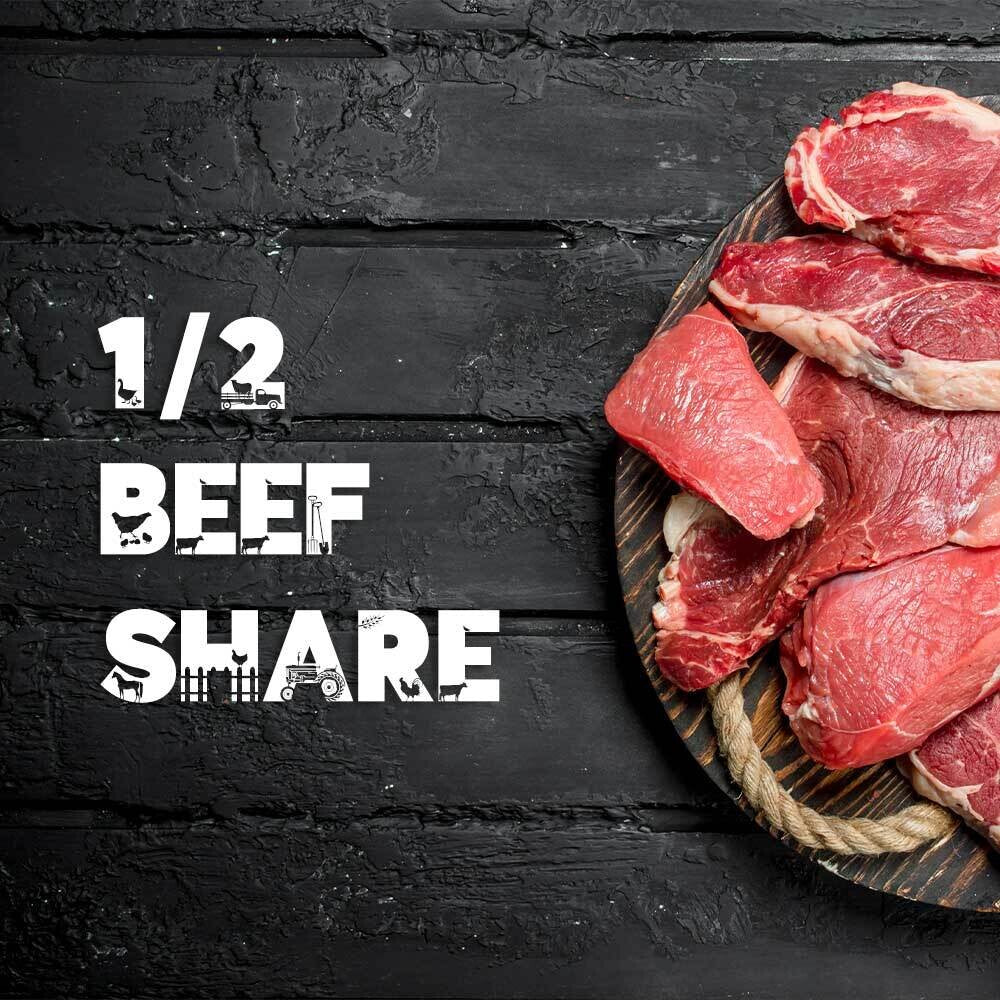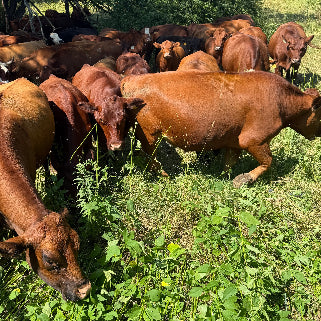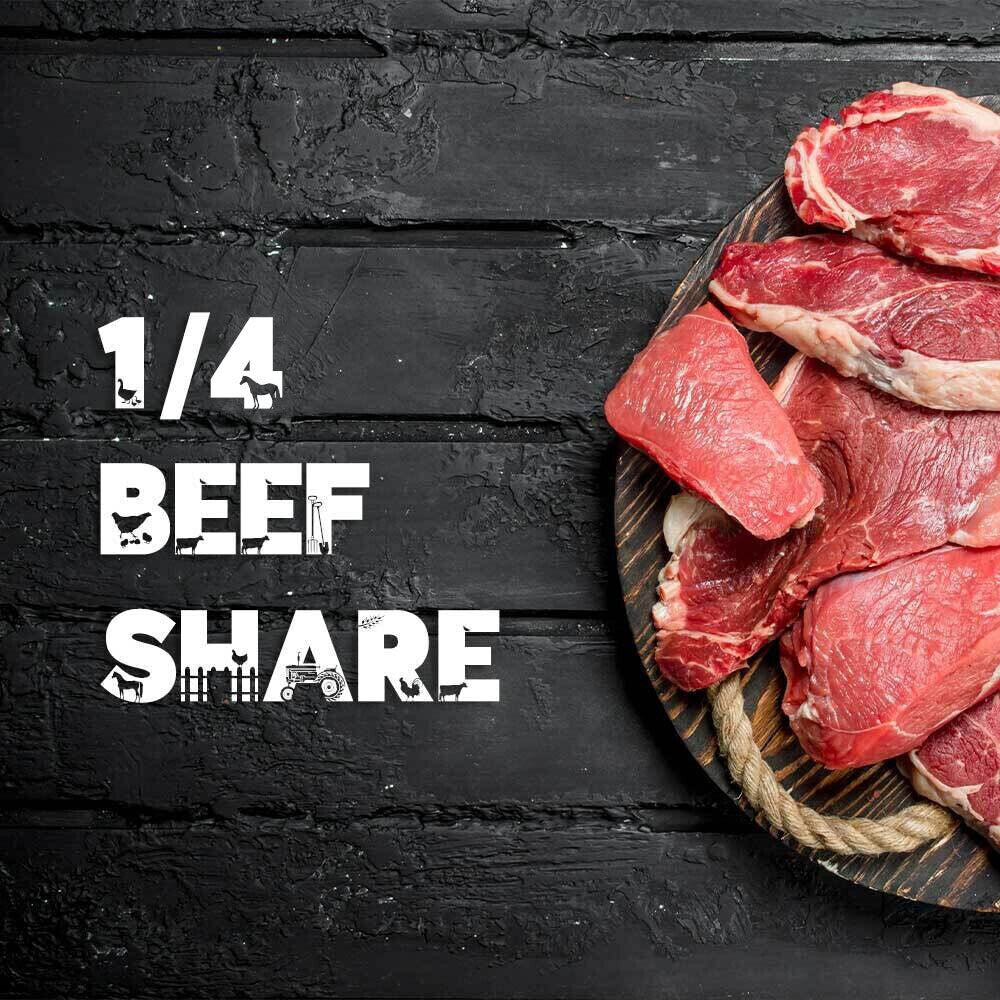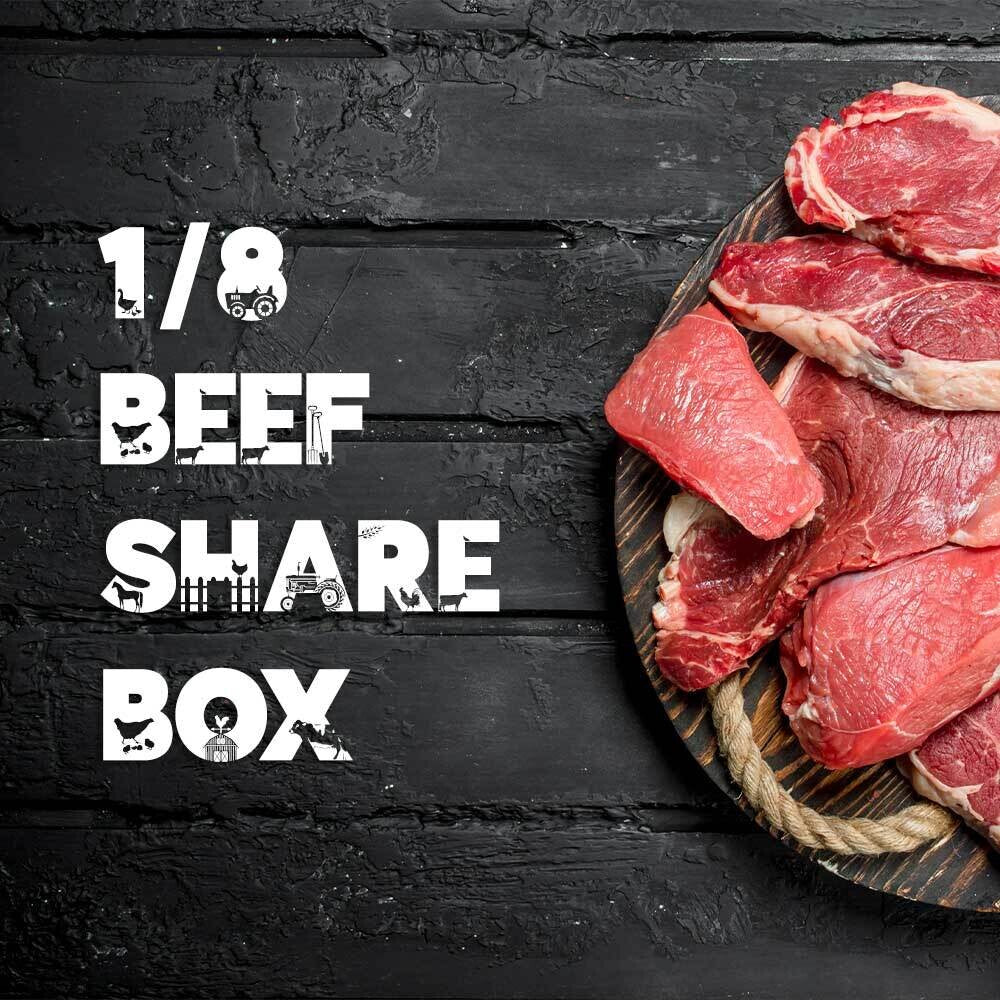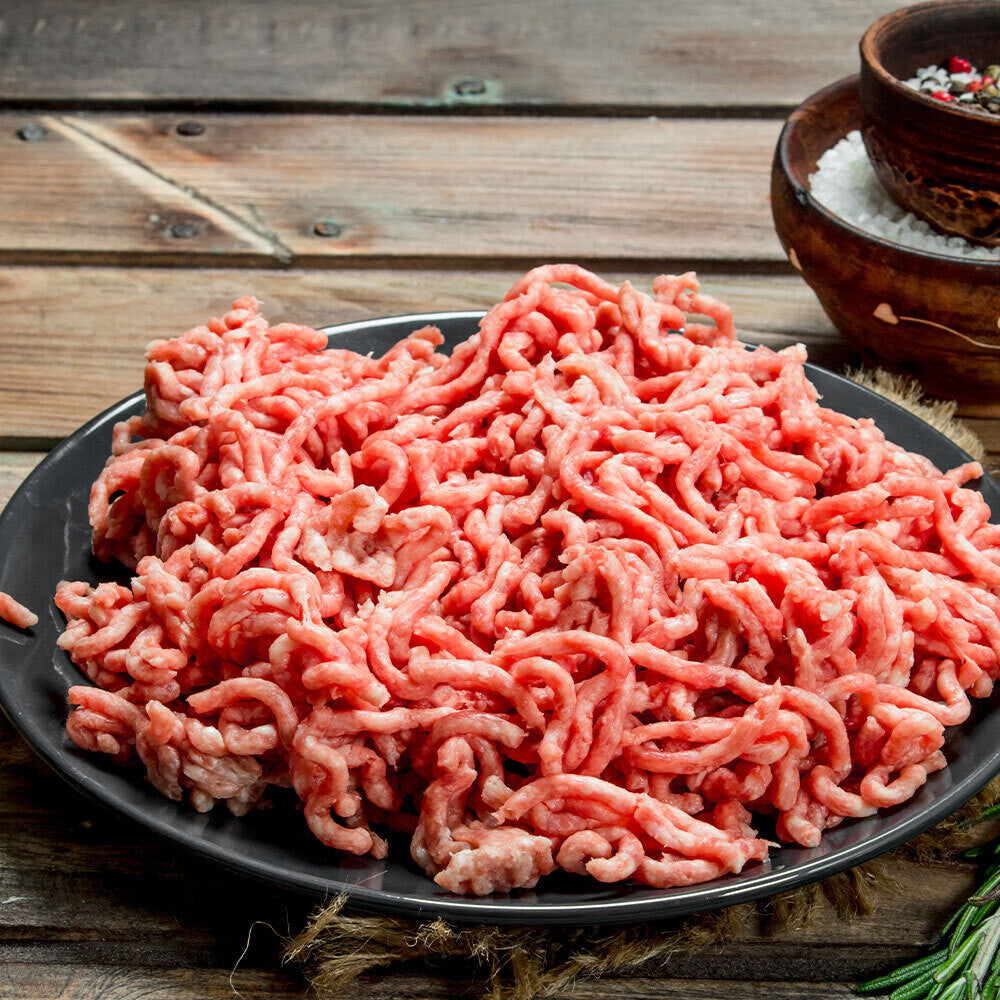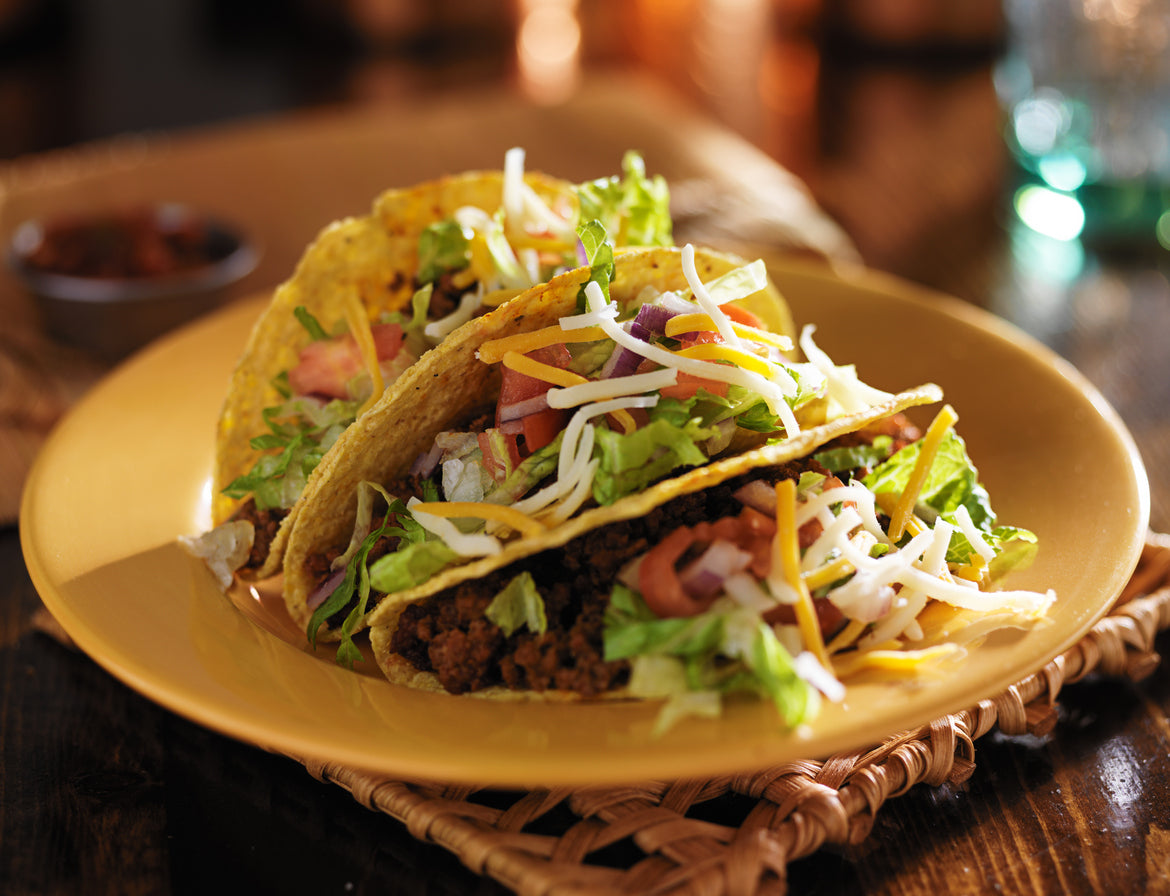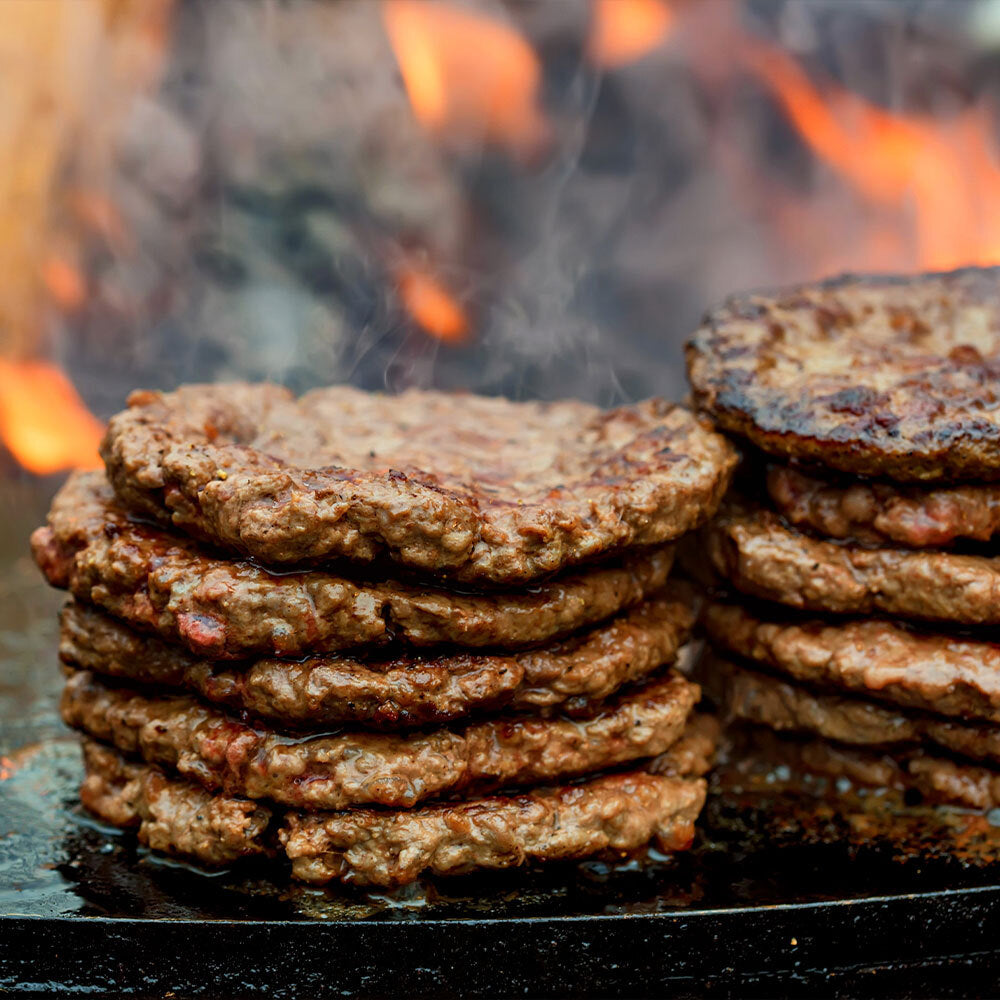
How to Safely Feed Raw Chicken Wings to Your Dog
Feeding raw chicken wings to dogs can be a nutritious addition to their diet, especially when following a raw feeding regimen like the BARF diet (Biologically Appropriate Raw Food or Bones and Raw Food). The BARF diet focuses on providing pets with a natural, evolutionary diet of raw meat, bones, and organs, closely mimicking what carnivores would eat in the wild. However, it’s important to follow proper guidelines to ensure your dog’s safety and health. Here’s how to best feed raw chicken wings to dogs:
Ensure High-Quality, Fresh Chicken Wings
Make sure the chicken wings are fresh and from a trusted source, ideally pasture-raised, hormone-free, and antibiotic-free. At Tyner Pond Farm, for instance, we offer high-quality, pasture-raised options that are perfect for raw feeding.Start Slowly
If your dog is new to raw feeding, start with smaller portions of chicken wings and gradually increase the amount as their digestive system adapts to the new diet. For smaller dogs or those unaccustomed to raw bones, you may want to offer chicken wing tips or smaller portions at first.Feed Whole, Raw Wings
Always feed chicken wings raw. Cooked bones become brittle and can splinter, posing a choking hazard or risk of internal injury. Raw bones, on the other hand, are soft and pliable, making them safe for dogs to chew and digest.Supervise Your Dog Supervision is essential, especially for dogs that tend to gulp down food. Ensure they chew the chicken wings thoroughly. For fast eaters, holding the wing while they gnaw on it can encourage slower eating. Always observe your dog during feeding time to prevent any potential choking incidents.Feed Chicken Wings as Part of a Balanced Diet
While raw chicken wings provide essential nutrients like protein, calcium (from the bones), and other minerals, they should not make up the entirety of your dog’s diet. A balanced raw diet, like the BARF diet, typically includes a variety of raw meats, organs, and bones to ensure your dog receives all the essential nutrients. You can feed raw wings as a treat or supplement to their complete raw diet.Feed in Moderation
Chicken wings are rich in fat, so feeding too many could upset your dog’s stomach or lead to weight gain. Moderation is key. For small dogs, one wing may suffice, while larger dogs may enjoy two to three, depending on their size and dietary needs.Keep It Clean
After feeding, make sure to clean up properly to avoid any cross-contamination with other foods or surfaces. Use hot, soapy water to clean bowls, utensils, and surfaces after handling raw chicken.Consider Freezing for Safety
Freezing chicken wings before feeding can reduce the risk of harmful bacteria. Some pet owners also find that frozen wings are easier for their dogs to chew, especially if the dog eats too quickly.Benefits of Feeding Raw Chicken Wings:
- Dental Health: The natural act of chewing on bones helps scrape plaque and tartar from teeth, promoting healthier gums and teeth.
- Nutrient-Rich: Chicken wings contain essential vitamins and minerals, including calcium and phosphorus, which are vital for bone health.
- Natural Protein Source: A fresh source of protein that supports muscle development and overall health.
Tags:
Previous post
Pasture-Raised Chicken Livers: An Affordable, Nutrient-Dense Choice for Keto (Or Any Diet)
Next post









